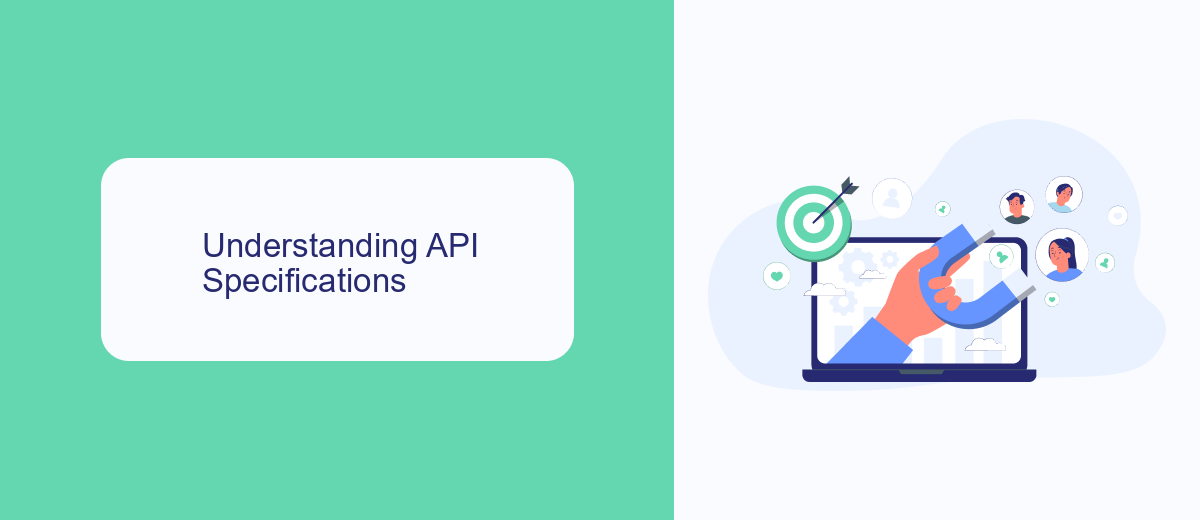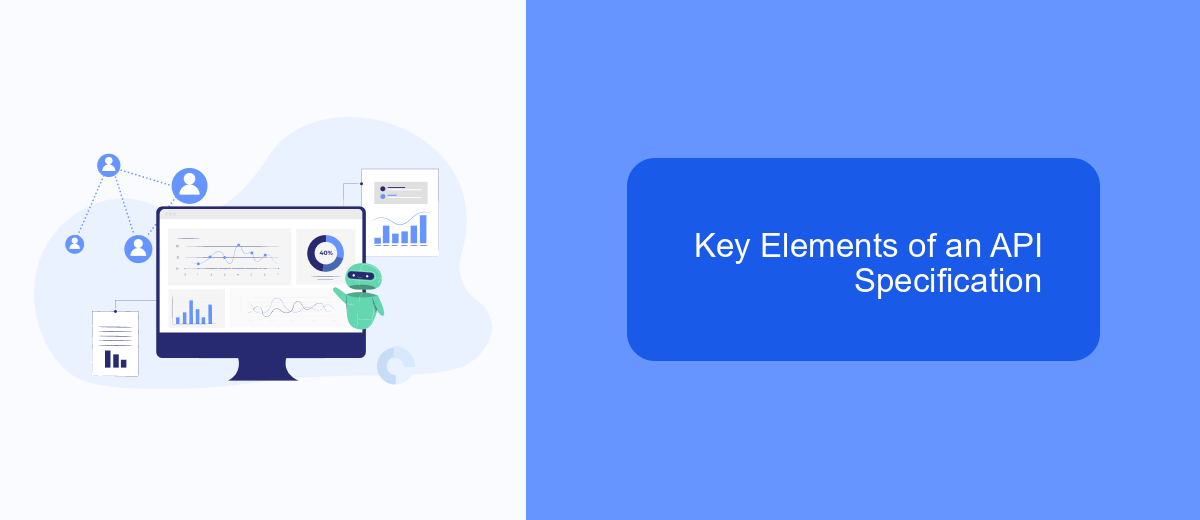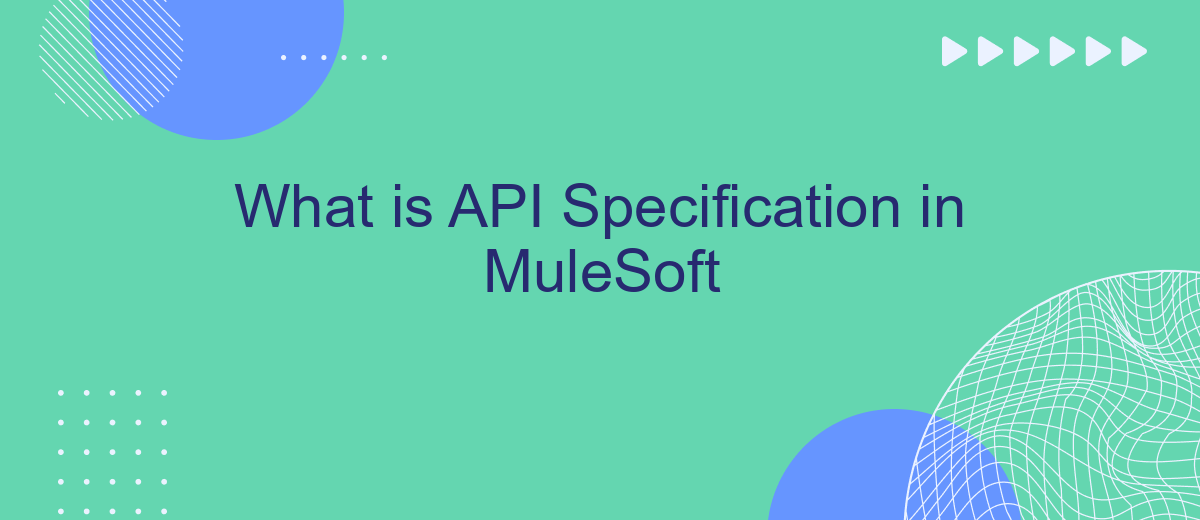An API specification in MuleSoft serves as a blueprint for building and integrating APIs, detailing the endpoints, request and response formats, and other essential elements. It ensures consistency, security, and efficiency in API development, enabling seamless communication between different systems. This article explores the key components and benefits of API specifications within the MuleSoft ecosystem.
Introduction
API Specification is a crucial aspect of MuleSoft, providing a structured and detailed description of how APIs should behave. It acts as a contract between the API provider and the consumer, ensuring that both parties understand the expected inputs, outputs, and operations of the API. This specification is essential for developers to create, manage, and consume APIs efficiently.
- Defines endpoints and methods
- Specifies request and response formats
- Outlines authentication and authorization requirements
- Details error handling and status codes
By adhering to a well-defined API Specification, developers can streamline the integration process, reducing the risk of errors and inconsistencies. Tools like SaveMyLeads can further enhance this process by automating the data transfer between different applications, ensuring seamless and reliable integrations. This makes it easier for businesses to connect their systems and improve operational efficiency.
Understanding API Specifications

API specifications are crucial for defining the structure, behavior, and protocols of an API. In MuleSoft, API specifications serve as a blueprint for how APIs should interact, detailing the endpoints, request/response formats, and authentication methods. These specifications are typically written in standard formats such as RAML (RESTful API Modeling Language) or OAS (OpenAPI Specification), ensuring consistency and clarity in API design. By adhering to these standards, developers can create APIs that are easy to understand, implement, and maintain.
Understanding API specifications also involves recognizing their role in facilitating seamless integrations between different systems. For instance, services like SaveMyLeads leverage API specifications to automate lead data transfer between various platforms, enhancing efficiency and accuracy. By defining clear API specifications, businesses can ensure that their integrations are robust and reliable, minimizing the risk of errors and downtime. This structured approach to API design not only simplifies development but also accelerates deployment and scaling of applications.
Why API Specifications are Important

API specifications play a crucial role in the development and integration of software applications. They provide a clear and standardized way to define how APIs should behave, ensuring consistency and reliability across different systems. This is particularly important in a microservices architecture, where multiple services need to communicate seamlessly.
- Standardization: API specifications create a uniform approach to API design, making it easier for developers to understand and implement APIs.
- Interoperability: Well-defined APIs allow different systems and applications to work together effortlessly, which is essential for successful integrations.
- Documentation: A detailed API specification serves as comprehensive documentation, aiding developers in understanding how to use the API effectively.
In the context of MuleSoft, having a robust API specification can streamline the process of integrating various services. Tools like SaveMyLeads can further enhance this by automating the integration setup, reducing manual effort and potential errors. This not only saves time but also ensures that the integrations are reliable and scalable.
Key Elements of an API Specification

An API specification is a crucial document that outlines the details of how an API should behave. It serves as a contract between different teams, ensuring that developers understand the functionalities and constraints of the API. A well-defined API specification helps in seamless integration and reduces the chances of errors during development.
In MuleSoft, an API specification includes various elements that define the API's structure and behavior. These elements ensure that the API is robust, scalable, and easy to use. They also facilitate better communication between different systems and services, making the integration process smoother and more efficient.
- Endpoints: Define the specific paths through which the API can be accessed.
- Methods: Specify the HTTP methods (GET, POST, PUT, DELETE) that can be used with each endpoint.
- Request and Response Formats: Outline the data formats (JSON, XML) that the API can accept and return.
- Authentication: Detail the security measures required to access the API.
- Rate Limiting: Set limits on the number of requests that can be made to the API within a specified time frame.
Using a service like SaveMyLeads can significantly streamline the process of setting up integrations and managing API specifications. It allows for automated workflows and real-time data synchronization, ensuring that your API integrations are both efficient and reliable.
Best Practices for Developing API Specifications
When developing API specifications in MuleSoft, it's crucial to maintain clarity and consistency. Start by defining clear and concise endpoints, methods, and data models. Ensure that your API documentation is comprehensive and easily understandable for developers. Use standard naming conventions and version control to manage changes effectively. Additionally, implement proper authentication and authorization mechanisms to secure your API.
Incorporate tools and services that facilitate seamless integration and automation. For instance, leveraging platforms like SaveMyLeads can streamline the process of connecting your API with various third-party services, enhancing the overall efficiency of your integration workflows. Regularly test your API to identify and resolve potential issues early. Finally, gather feedback from users and continuously improve your API specifications to meet evolving needs and standards.
- Automate the work with leads from the Facebook advertising account
- Empower with integrations and instant transfer of leads
- Don't spend money on developers or integrators
- Save time by automating routine tasks
FAQ
What is an API Specification in MuleSoft?
Why is an API Specification important?
How do you create an API Specification in MuleSoft?
Can API Specifications be used for automated testing?
What tools can help with API integration and automation using MuleSoft?
Don't waste another minute manually transferring leads from Facebook to other systems. SaveMyLeads is a simple and effective tool that will allow you to automate this process so that you don't have to spend time on the routine. Try SaveMyLeads features, make sure that this tool will relieve your employees and after 5 minutes of settings your business will start working faster.

